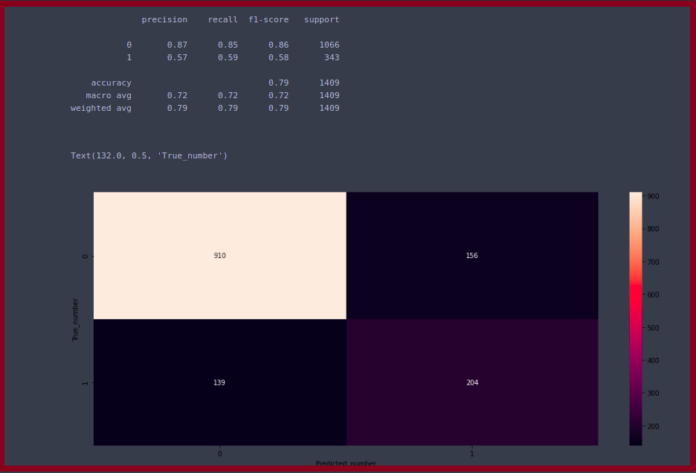numpy.invert() function is used to Compute the bit-wise Inversion of an array element-wise. It computes the bit-wise NOT of the underlying binary representation of the integers in the input arrays.
For signed integer inputs, the two’s complement is returned. In a two’s-complement system negative numbers are represented by the two’s complement of the absolute value.
Syntax : numpy.invert(x, /, out=None, *, where=True, casting=’same_kind’, order=’K’, dtype=None, ufunc ‘invert’)
Parameters :
x : [array_like] Input array.
out : [ndarray, optional] A location into which the result is stored. If provided, it must have a shape that the inputs broadcast to. If not provided or None, a freshly-allocated array is returned.
**kwargs : Allows you to pass keyword variable length of argument to a function. It is used when we want to handle named argument in a function.
where : [array_like, optional] True value means to calculate the universal functions(ufunc) at that position, False value means to leave the value in the output alone.Return : [ndarray or scalar] Result. This is a scalar if x is scalar.
Code #1 : Working
# Python program explaining# invert() function import numpy as geekin_num = 10print ("Input number : ", in_num) out_num = geek.invert(in_num) print ("inversion of 10 : ", out_num) |
Output :
Input number : 10 inversion of 10 : -11
Code #2 :
# Python program explaining# invert() function import numpy as geek in_arr = [2, 0, 25]print ("Input array : ", in_arr) out_arr = geek.invert(in_arr) print ("Output array after inversion: ", out_arr) |
Output :
Input array : [2, 0, 25] Output array after inversion: [ -3 -1 -26]
Code #3 :
# Python program explaining# invert() function import numpy as geek in_arr = [True, False]print("Input array : ", in_arr) out_arr = geek.invert(in_arr) print ("Output array after inversion: ", out_arr) |
Output :
Input array : [True, False] Output array after inversion: [False True]

